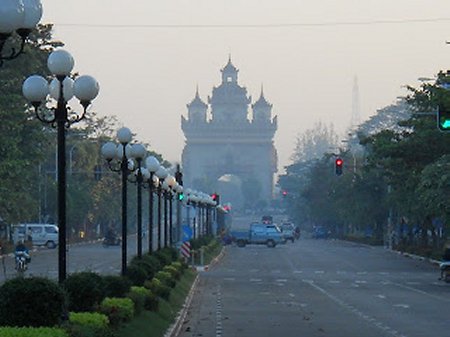50 Percent Of World’s Poorest Need Debt Relief To Prevent Major Crisis
Source: Vientiane Times
Fifty-four developing economies, including Laos, that account for more than half of the world’s poorest people need urgent debt relief as a result of cascading global crises, the United Nations Development Programme (UNDP) has warned.
The risks of inaction are dire – if these countries do not get access to effective debt restructuring, poverty will rise and desperately needed investments in climate adaptation and mitigation will not happen, particularly since the affected countries are among the most climate-vulnerable in the world, according to a new paper published today by the UNDP.
The paper “Avoiding ‘Too Little Too Late’ on International Debt Relief” highlights the ripple effects of government responses to the recent economic crisis and warns of potential impacts.
Against this bleak backdrop, the paper lays out a number of policy actions for debt restructuring that can help stop the debt crisis in its tracks.
According to the UNDP, 19 developing economies are now paying more than 10 percentage points over US Treasury bonds to borrow money on capital markets, effectively shutting them out of the market.

In Laos, the government says the country’s debt-service payments have risen from US$1.2 billion in 2018 to US$1.4 billion this year.
According to the World Bank, public and publicly-guaranteed debt in Laos increased to 88 percent of GDP in 2021, with the energy sector accounting for more than 30 percent of the debt stock.
“A debt deal might now be on the horizon: these market conditions encourage private creditors to negotiate debt relief under the G20’s Common Framework for Debt Treatments. Higher interest rates, a strong dollar and a looming global recession could change their bargaining position,” the UNDP said.
“Rich countries have the resources to end the debt crisis, which has deteriorated rapidly in part as a consequence of their own domestic policies. These policies have sent interest rates in developing economies skyrocketing and investors fleeing. This is happening while developing economies have large financing shortfalls for fighting climate change. The 54 most debt-vulnerable countries include 28 of the world’s top-50 most climate vulnerable nations.”
The paper proposes a way forward for the Common Framework on debt restructuring, focusing on key areas such as debt sustainability analysis, official creditor coordination, private creditor participation, and the use of state-contingent debt clauses that target future economic and fiscal resilience. UNDP proposes that the Common Framework shift focus to comprehensive restructurings that will allow countries a faster return to growth, financial markets, and development progress.
“When emerging market bonds trade at 40 cents on the dollar, private creditors suddenly become more open to negotiation. The missing ingredient, at this moment, are financial assurances from major creditor governments to clinch a deal. Brady Bonds provided sufficient reason for creditors to stay at the table in the 1980s. We are approaching a similar moment in 2022,” said George Gray Molina, Senior Economist at UNDP.



